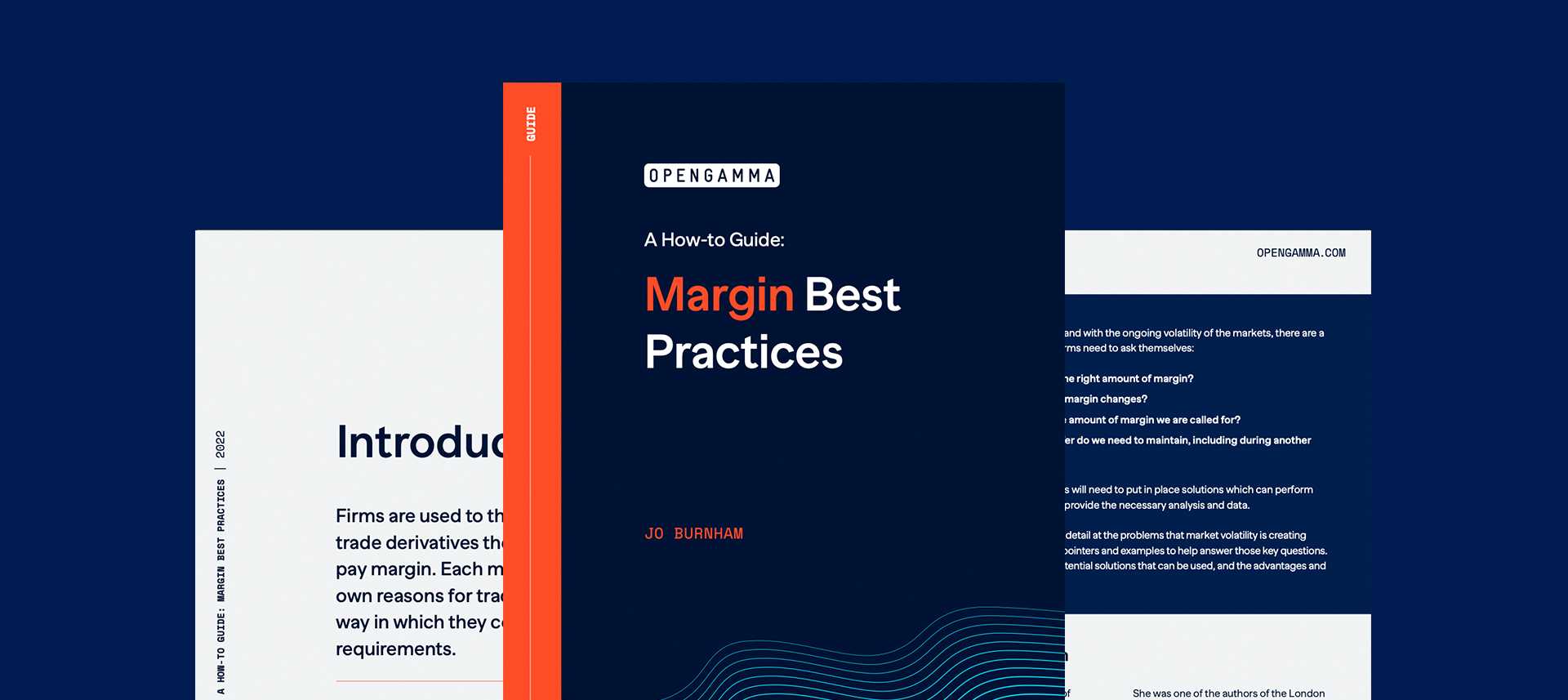Liquidity Management Strategies For Firms In Oil Markets
The Events That Caused Liquidity Risk
Oil markets were already volatile during the Covid-19 pandemic. In April 2020, a drop in demand coinciding with a price war between Saudi Arabia and Russia led to WTI prices turning negative following a 300% price drop. Prices continued to be volatile throughout 2020 and 2021 and this resulted in many updates to liquidity initial margin requirements as well as some large variation margin calls. And then Russia invaded Ukraine. The margin requirements soared. At the same time, central banks began to raise interest rates in order to control post Covid-19 inflation, making cash considerably more expensive.
How Liquidity Management Can Help With Liquidity Risk
In our Ebook we detail why firms need to have an appropriate liquidity management strategy, including appropriate technology solutions in place to cope with future liquidity risk. Additionally, the importance of why businesses need to find a way to position themselves in a way that allows them to thrive in a high margin environment. Furthermore, we discuss why the emergency actions that many firms conducted shouldn’t be promoted.
Why Did Firms Face Liquidity Risk Issues?
The Liquidity Problem
In this chapter of our Ebook we detail how the Covid-19 pandemic and the Russian Invasion of Ukraine have affected margin rate changes and the forecasting of margin requirements. Moreover, we discuss how the biggest issue isn’t just the initial margin and the changing parameters within its calculation. But also variation margin, and how large price moves have led to large liquidity margin calls.
The Solution To Manage Liquidity Requirements
In the next section we list and explain what is needed for a solution to effectively manage liquidity requirements.
Data
The importance of the creation of cleaning data sets across all entities and reconciled with your clearing brokers.
Optimise Cash Usage
Optimising the way you use derivatives in order to find the most effective way to use derivatives across cleared and bilateral agreements to free up liquidity.
Size Liquidity Buffers
The calculation of the maximum cash outflow on predefined stress tests, modelling the impact of variation and initial margins to help manage the size of buffers/credit lines.
Predict Outflows
Predicting cash outflows in advance of the margin calls to create more time to manage day to day cash requirements.
Process Calls
Use workflow to manage the liquidity margin calls and validate calculations to ensure not overpaying.
Solving The Liquidity and What Firms Are Doing
In the last sections of the Ebook we mention the additional factors that are causing liquidity issues, more specifically the overall increase in margin requirements. Plus, what firms are doing to manage liquidity risks, which is replacing traditional treasury liquidity management with active treasury liquidity management systems.
Download Our Ebook To Learn Liquidity Risks and Liquidity Management
This blog is just a small glimpse into our Ebook. Our Ebook provides a comprehensive guide on the impact of volatility on liquidity and margin. Going into detail of the liquidity risks that firms within oil markets face. Furthermore, it provides various methods for liquidity management.




